Why does my car smell of Petrol?
If you have owned older vehicles for some time you are no doubt familiar with the fuel aroma that tends to follow you around. We've put our thinking hats on to try and identify the top 10 reasons and sources, helping you to track down and hopefully rectify the issue once and for all. Wondering why does my car smell of petrol? Read on...
Inside or Out?
If your vehicle is leaking fuel and leaving a puddle, it may be more obvious as to the cause. Take suitable precautions when dealing with petrol; leave the smokes indoors and we'd strongly advise not driving the vehicle until diagnosed and fixed. Ask yourself if the smell is worse when sat in the vehicle, or stood outside? Does it get better or worse at the front or the back? We'll run around the vehicle following the flow of the fuel from the tank to the engine and back again, explaining our thoughts on the way.

1. Poor Seal on the Petrol Filler Cap
Your petrol filler cap, regardless of its position upon the vehicle, should have a sealing ring that helps to contain smell and petrol vapour. Take it off and have a quick look. Give the sealing ring a push and a poke, and inspect it for any cracks or splits. Of course, if your vehicle is missing this sealing ring, you could have found your first source of the petrol smell. The good news is we sell replacement seals and complete fuel caps for most models here.
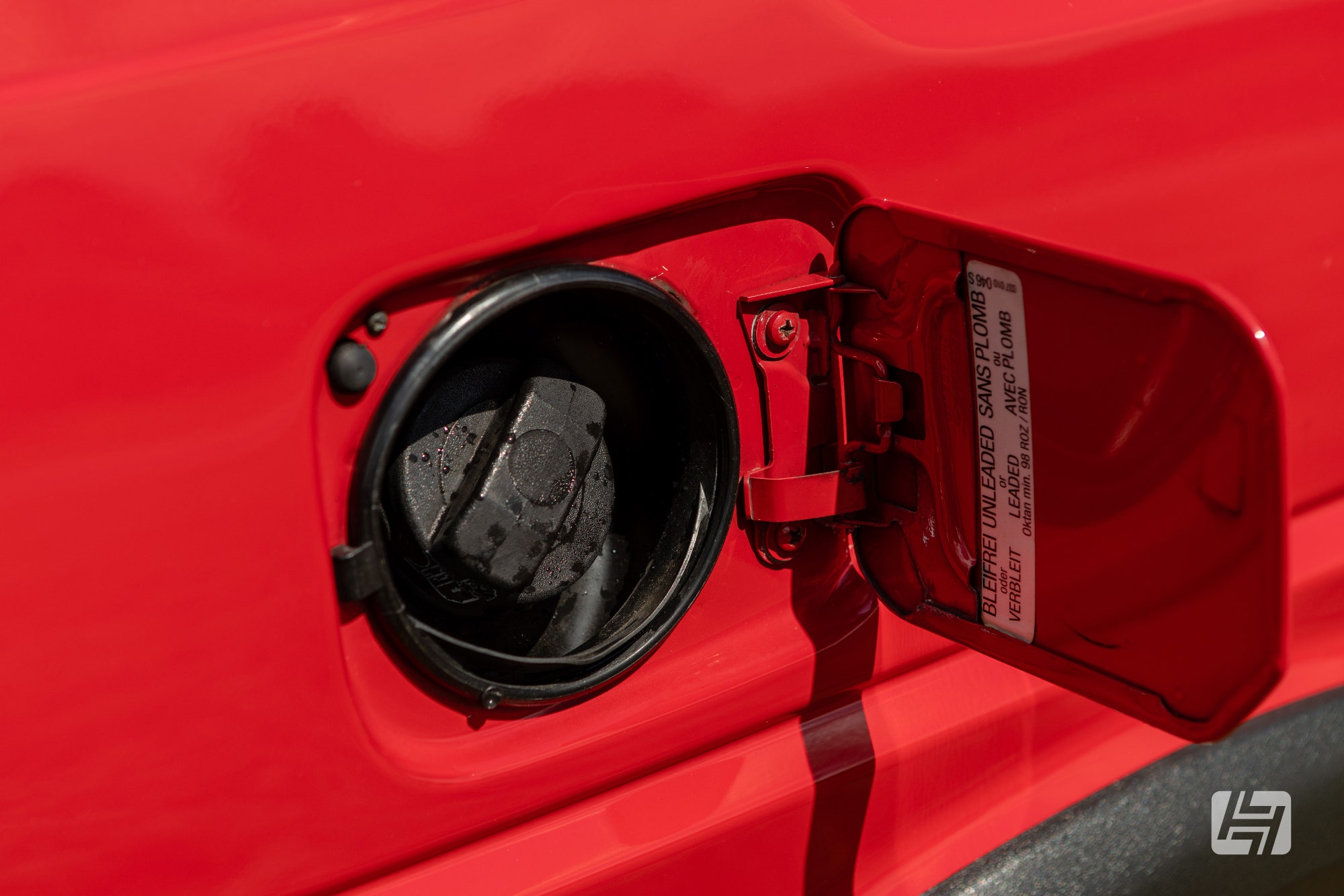
2. Corroded Fuel Filler Neck or Tank
On many older vehicles, the fuel tank is made out of metal, which given its underslung position on so many vehicles, makes it an obvious candidate for corrosion. A particular favourite place for rust is around the seams where two parts of the tank join, such as the filler neck and the tank itself. Another reason for rust gathering there could be from a collection of road grime that has collected over years around the crevises that surround the tank and the vehicle body. This constant attack from dirt, salt and water which is unable to escape often leads to body and chassis rust, as well as affecting the tank itself. View our fuel tank range for VW and Porsche here.
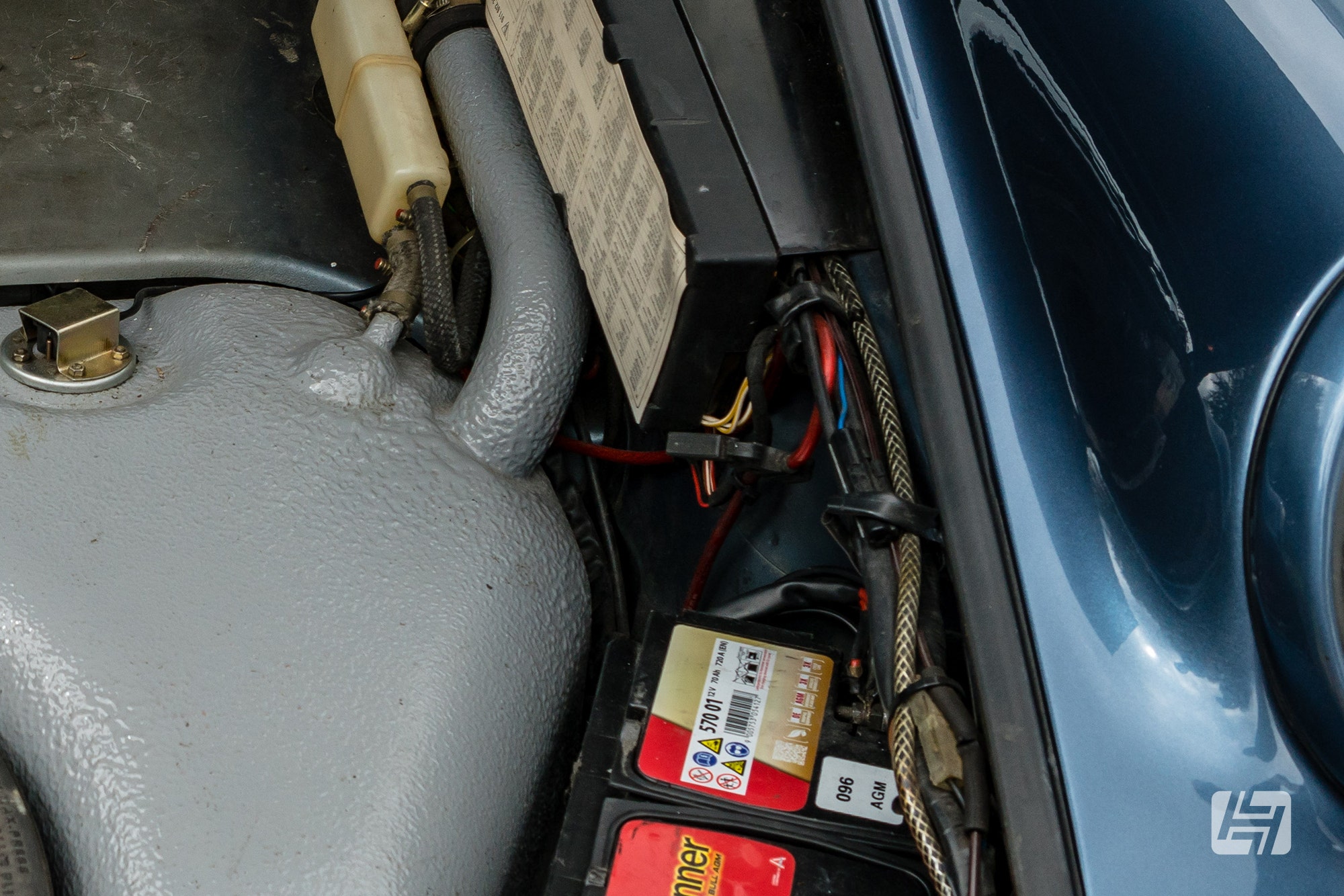
3. Leaking between Fuel Filler Neck and Tank
For cars and busses where the fuel filler neck is separate to the tank itself, it is common practice for manufacturers to install a length of flexible rubber hose, to join the two together and help tackle any awkward angles around suspension and chassis constraints. Depending on how accessible this is, and the diligence of previous owners you may find that this hose has perished or split allowing fumes or even fluid to leak out. It would be prudent to change this filler neck hose if in any doubt. There may even be splits internally that you can't yet see.
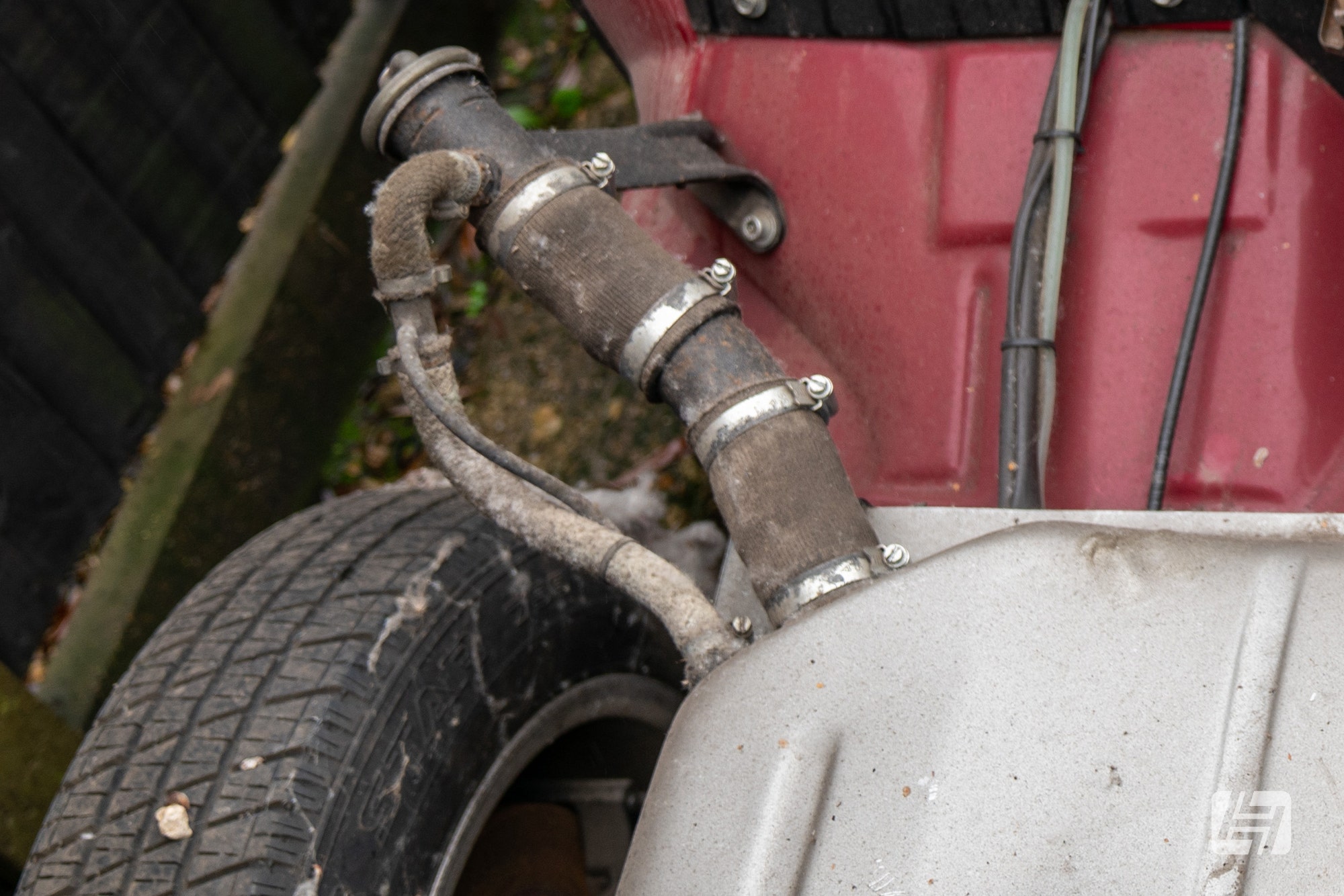
4. Fuel Tank breather pipes
All fuel tanks will have a breather hose or system of some description. In its most primitive form, it's a fuel cap with a hole that lets the air pressure out. More commonly it'll be a smaller pipe that runs off the top of the filler neck and connects to the top of the tank, remaining above the maximum fill level were possible to avoid any fuel or pressure getting stuck. This tends to be accompanied by an additional tube which then vents trapped air out under the car More complicated systems will vent from multiple places on the tank and into a charcoal filter. The reasons behind having a fuel tank breather are that petrol expands in volume as it gets warm, and this is to release pressure and prevent a vacuum build-up, giving you space to put more fuel in.
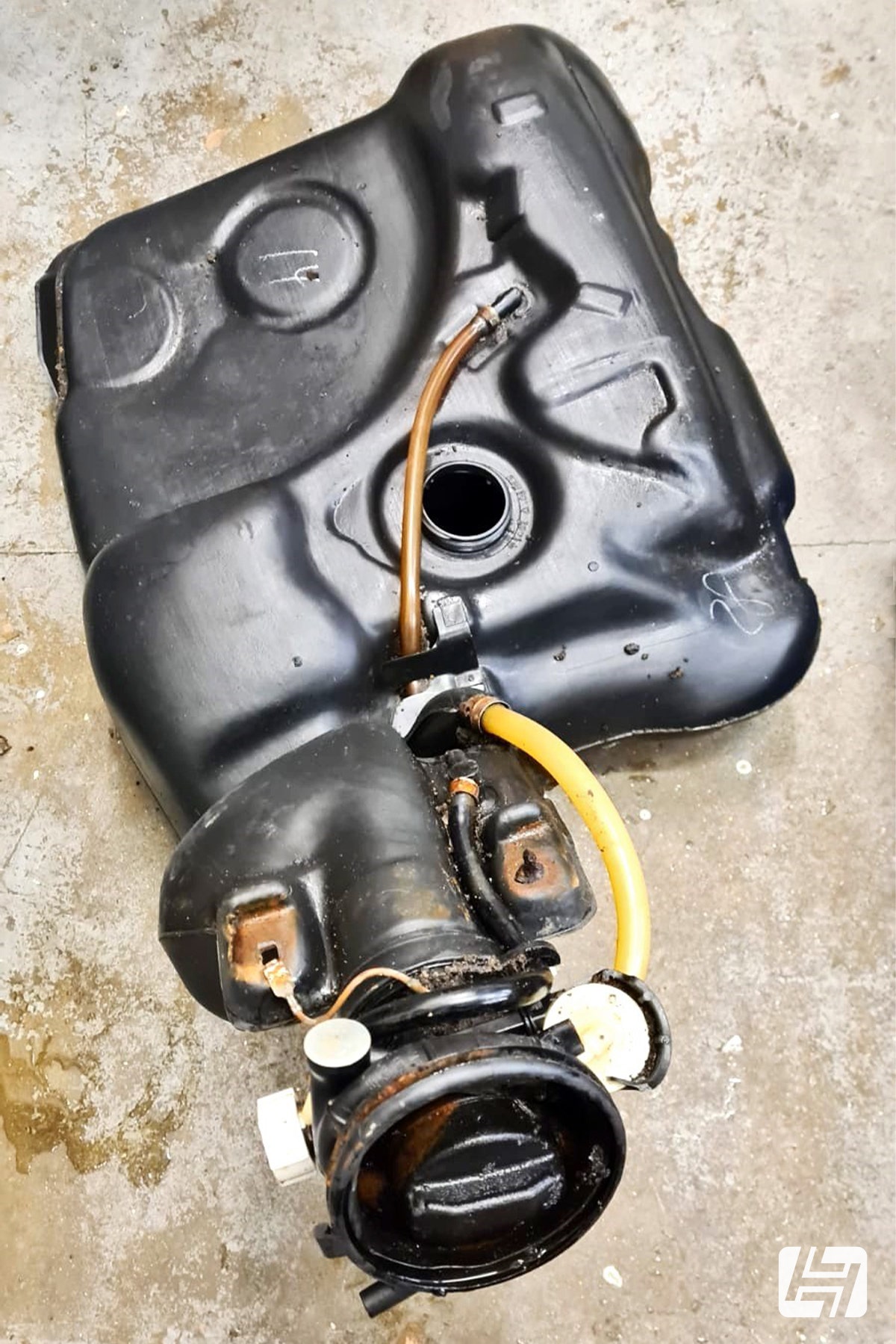
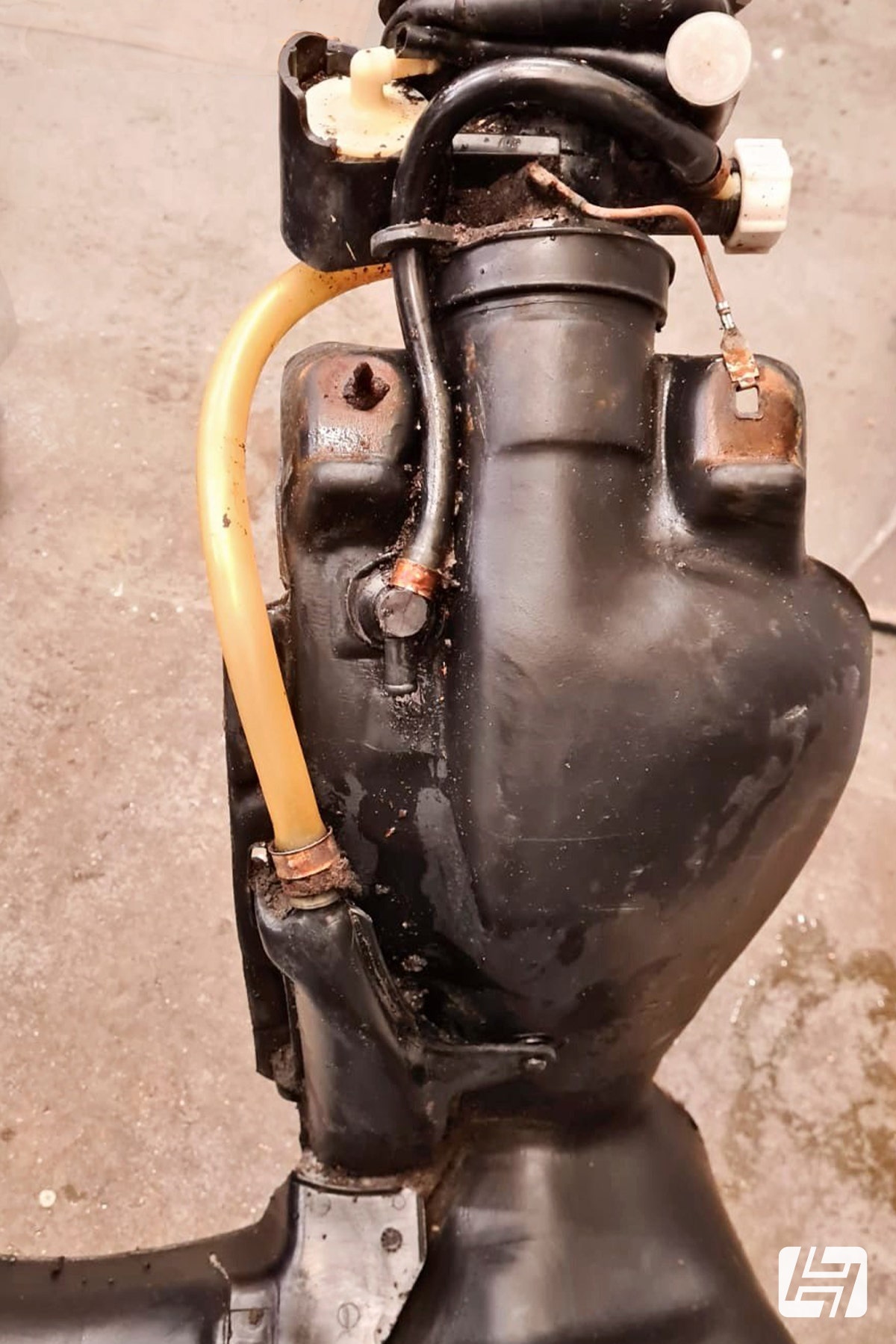
5. External Fuel Pumps
On vehicles with injection engines, or a more performance focus you might find an electric fuel pump in place to help draw the fuel through from the tank. Depending on the setup, this could involve numerous pipes, a filter and an accumulator, all with the potential to fail and cause a vapour or fluid leak. If access is awkward for a visual inspection, reach your hand underneath and see if you can feel any moisture on the pipes or components - give it a sniff, and see if its fuel.
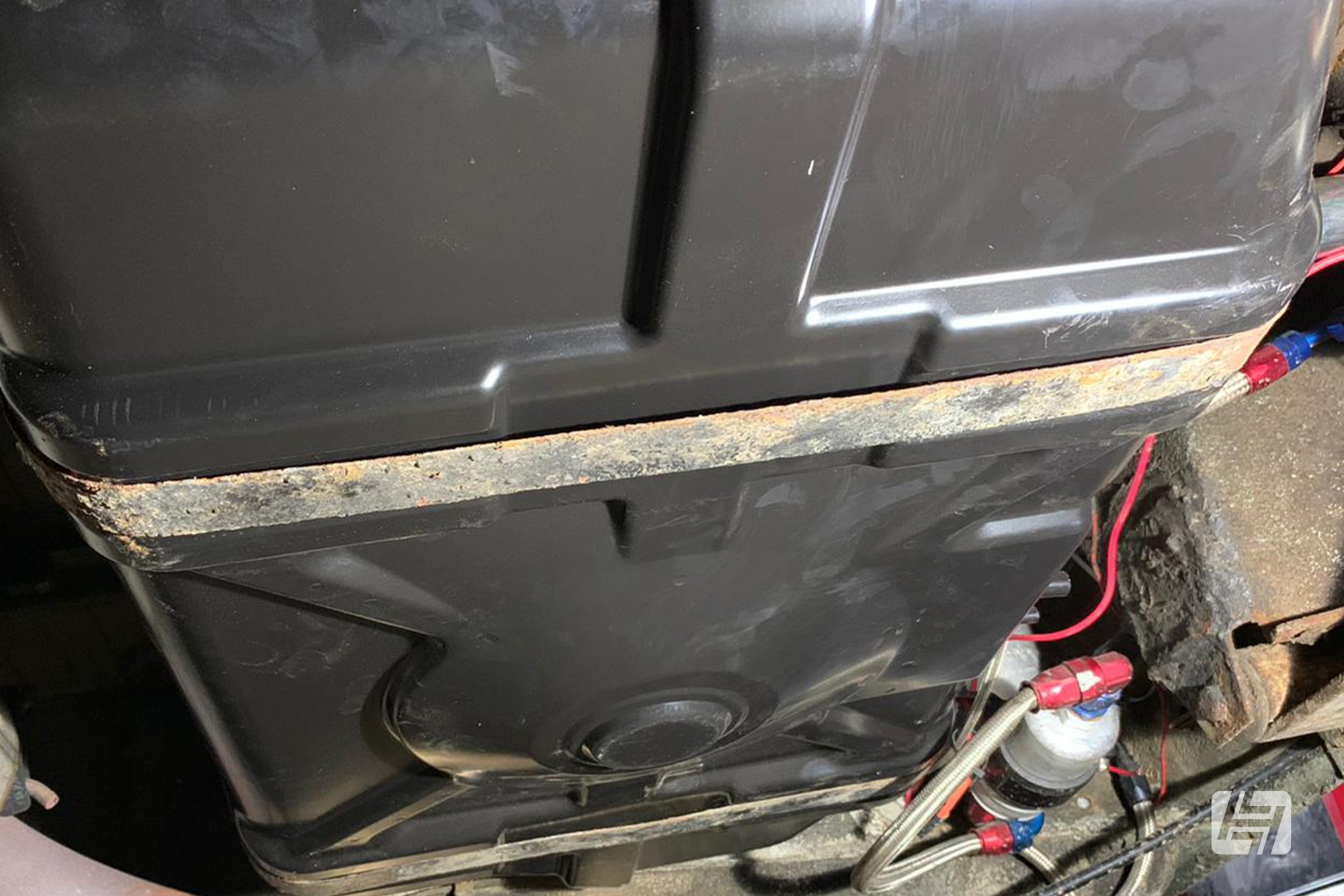
6. Fuel tank sender unit
On the top of most fuel tanks will be a hole, in which a fuel tank sender unit is mounted into. This is a float attached to a variable resistor which sends a signal to your fuel gauge to tell you when you are running low. Just like your fuel cap, the sender will be mounted with a rubber o-ring or seal, and on vehicles where the tank is under the back seat, will be accessed by a removing sealed inspection cap. If the seal has gone on this, it could also let the fumes into the cabin.

7. Front to back pipework
If you have a front-engined vehicle the tank is likely in the back somewhere. If you have an older VW or a rear or mid-engine Porsche, then it'll be the other way around. The front to back fuel pipe might be plastic or rubber hoses running under the vehicle (there'll probably be two, one of which will be a return feed). The VW Beetle has a metal fuel pipe which is hidden in the central spine tunnel. If the pipe is hidden away inside the spine, you may choose to run new fuel hoses or pipework, rather than disturb it; depending on how original you wish to keep the car.
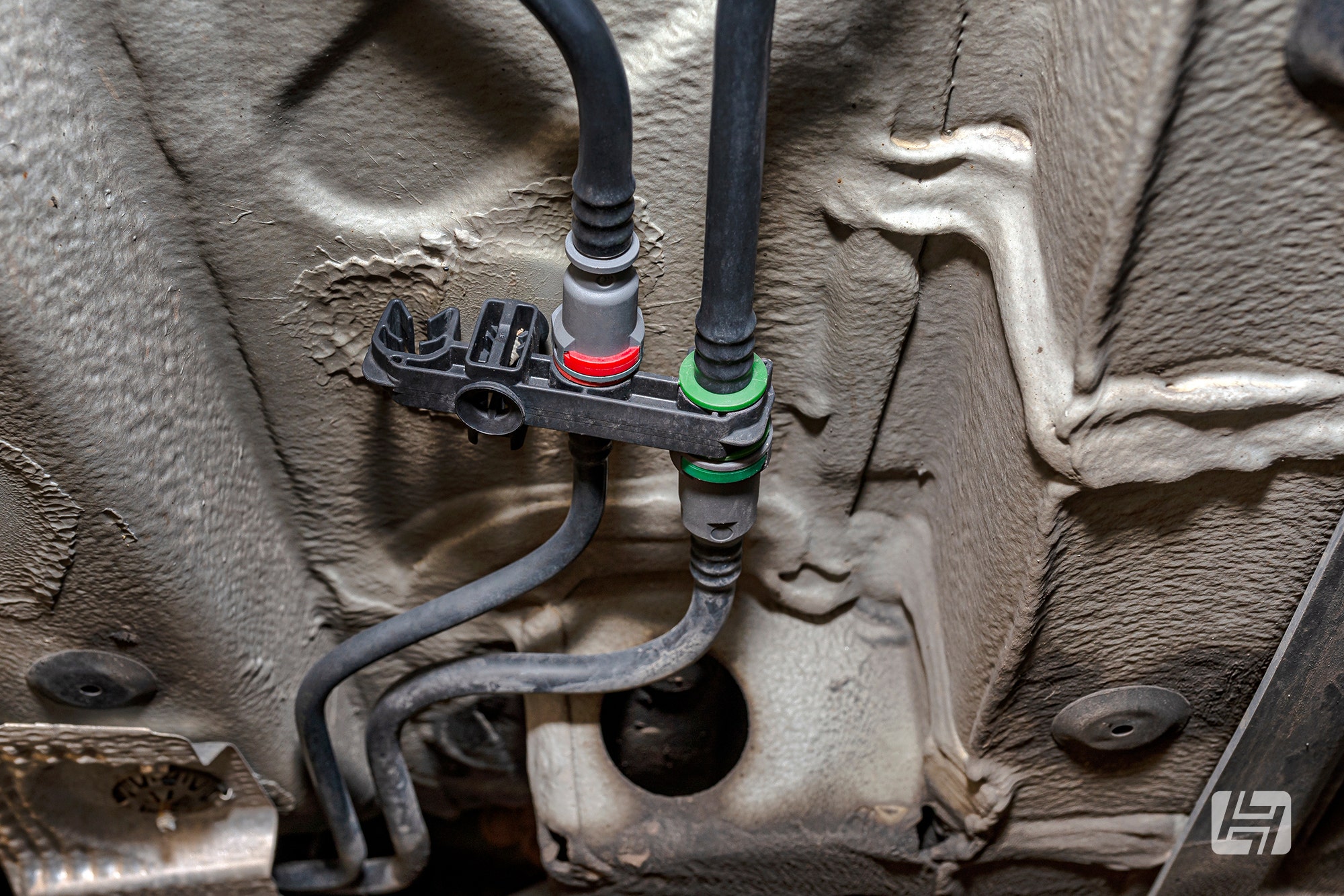
8. The Fuel Filter
Somewhere en route to your engine will be a fuel filter. On newer cars this might be a large silver cylinder (Coke can size) with a couple of chunky hoses coming out, perhaps living in an inner wing, on older cars, it might be a smaller inline fuel filter, possibly with a yellow paper filter inside. Just like household plumbing, every time there is a join, there is the potential for a leak, so give it a good check over. If there is sediment caught up inside then take the opportunity to change it for a new one. If you have a canister type, then check your service record for when it was last renewed. In the case of the Mk1 Golf GTI, with the Kjet-Tronic injection, also inspect the metering head which is located close by.
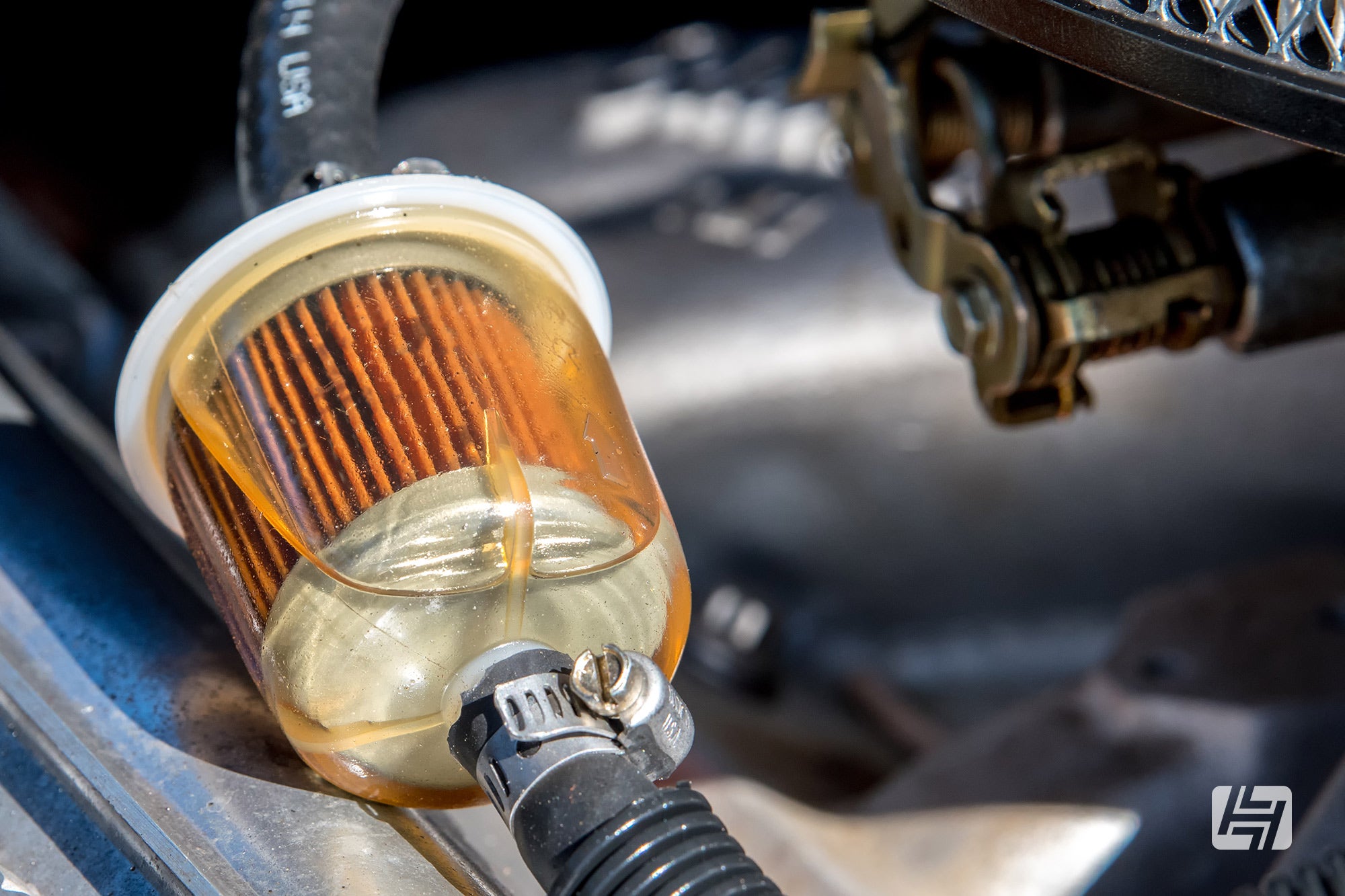
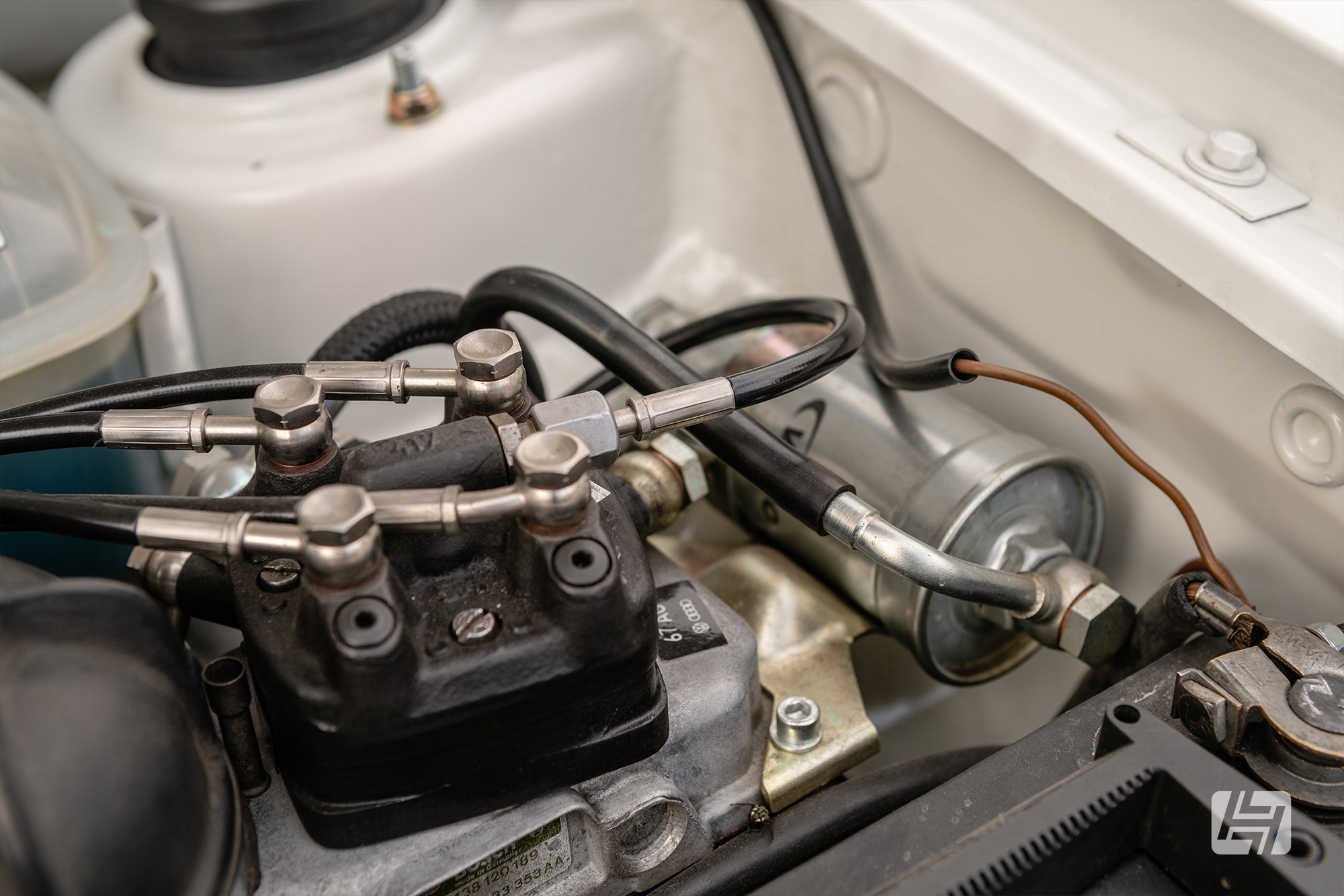
9. The Fuel Pump
Drawing the fuel from your tank is the fuel pump. For many carburettor-fed engines, there will be a mechanical fuel pump that operates off the engine which functions through an input and output hose barb. Inside the pump will be a rubber-based diaphragm, and as with all rubber components this has the potential to perish and leak.
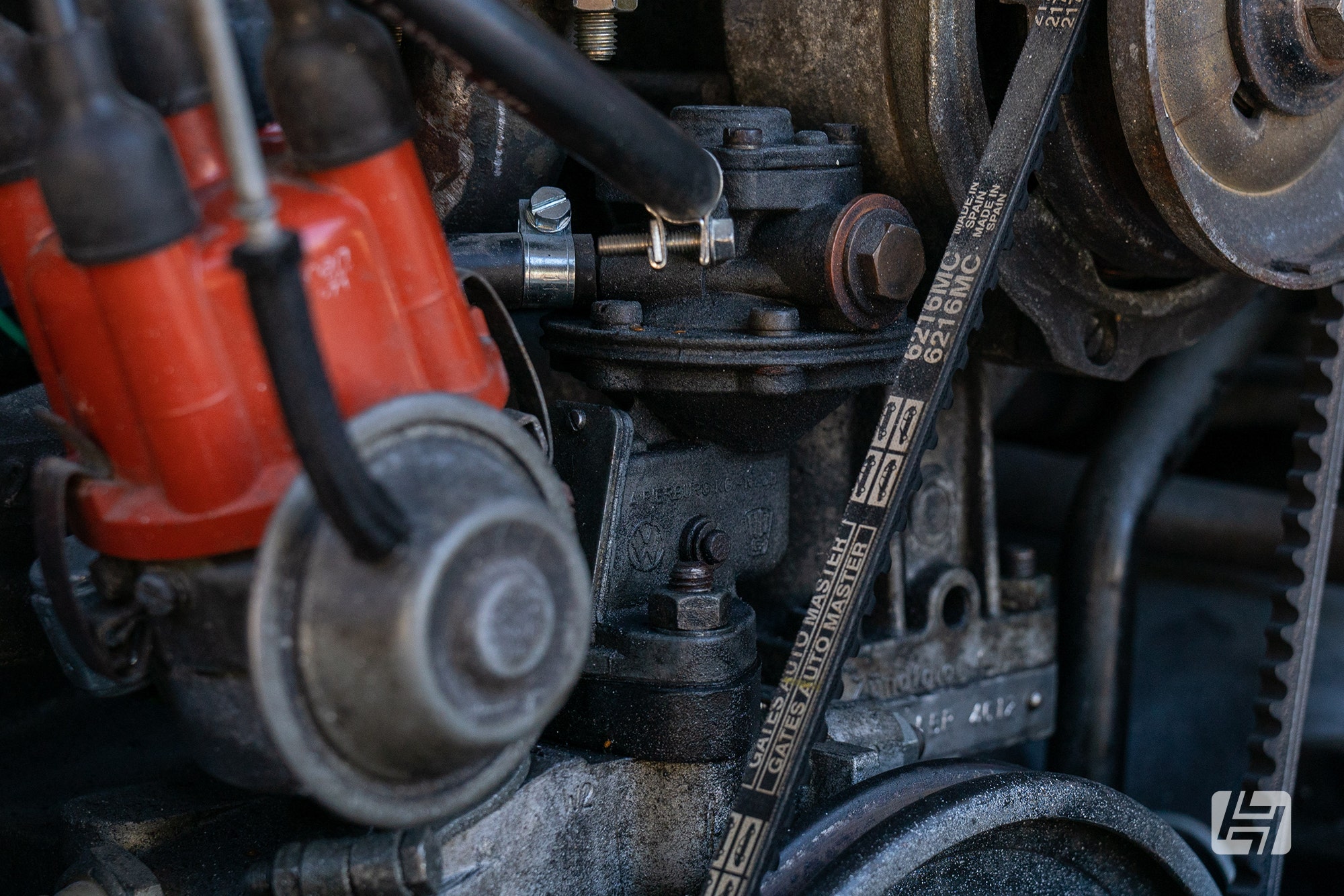
10. Carburettor / Injectors
If you have a leak around the carburettor or injectors you are probably already aware of it in the form of poor running. But as the final external destination for your fuel, before becoming vapourised and combusted, there are plenty of places around a throttle body or carburettor that could allow for fuel to leak out. Use your fingers, follow your nose (not while the car is running) and see what you can track down. You might find you can fix the leak with a carburettor rebuild kit.

Hopefully, this guide will give you some pointers to help remedy the frustration and potentially fire causing fuel smell surrounding your classic car or campervan.
Best of luck.
Andy




 Beetle
Beetle
 T2 Bay
T2 Bay
 T2 Split
T2 Split
 T25
T25
 Transporter T4
Transporter T4
 Transporter T5
Transporter T5
 Golf Mk1
Golf Mk1
 Golf Mk2
Golf Mk2


 911
911
 996
996
 997
997
 986 Boxster
986 Boxster
 987 Boxster
987 Boxster
 912
912
 944
944
 924
924


 Defender
Defender
 Discovery Series 1
Discovery Series 1
 Discovery 2
Discovery 2
 Series 1, 2 & 3
Series 1, 2 & 3
 Freelander
Freelander
 Freelander 2
Freelander 2




